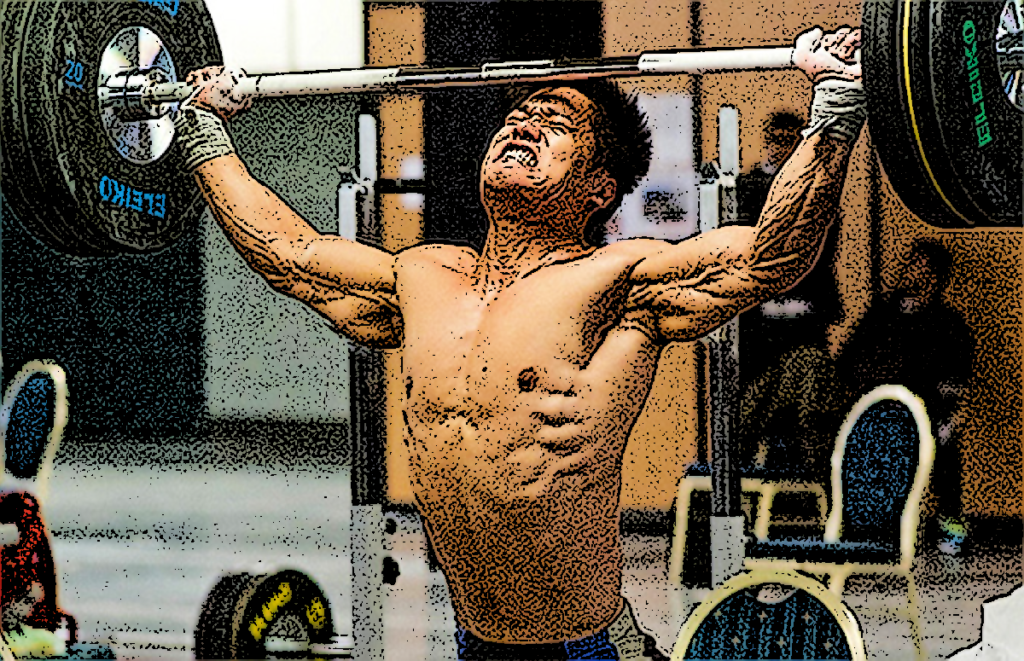Increasing speed involves a combination of improving running mechanics and getting stronger. Several different strength programs can improve speed. Although they might not all yield the same results, I believe that if you incorporate Olympic Lifts into your program, you will be setting the foundation for a solid speed training program that will yield impressive results.
Olympic Lifts such as the Clean and Snatch are great options to increase speed, for two reasons:
1. They are total body movements. Similar to running, the whole body must work to produce a fast movement.
2. Your body is being trained to move a heavy weight at a rapid rate. This develops the power and strength that you need to drive off the line and attain top speed.
Now, I know you are thinking, “I’m sold. Tell me how to do these lifts.” If only it were that simple.
The Clean and Snatch are two of the most technical lifts. Before even attempting to perform them with weights, you need to master the technique. This isn’t like performing Biceps Curls. I could show you a Curl and you could perform it correctly on the first try. This is not the case with Olympic Lifts.
You can read how to perform the Olympic Lifts, but what you really need is to find an Olympic lifting coach who will teach you the proper technique so you can maximize your speed gains and stay injury free.
Both the Snatch and Clean are great for athletes, but I focus primarily on the Clean since it is easier to learn. Athletes generally perform the Hang Clean first to learn the fundamental technique, then progress to the Power Clean to learn how to pull the bar from the floor.
These variations can also be used to meet an athlete’s needs in relation to his or her sport. For example, I recommend that wide receivers perform more Hang Cleans, since they mimic a receiver’s upright position on the field. In contrast, linemen who regularly assume a three- or four-point must generate power from a low position, making the Power Clean a better option.
It is critical to perform Olympic Lifts at the beginning of a workout, after a dynamic warm-up but before strength exercises. Why? Because each rep requires so much energy. If you perform them later in a workout, fatigue will prevent you from properly executing the movement with a weight that will challenge your muscles.
Below you will find an eight-week set/rep scheme with a built-in progression to increase power. This program will increase your vertical jump and make you faster off the line. Beyond the Olympic Lifts, the rest of your program can be a combination of plyometrics and strength exercises. Just make an Olympic Lift your featured exercise, and you will achieve your speed goals.
Eight-Week Olympic Lifting Cycle
- Week 1 – 3×4
- Week 2 – 4×4
- Weeks 3-4 – 5×4
- Weeks 5-6 – 5×3
- Weeks 7-8 – 5×2
Photo Credit: Getty Images // Thinkstock
Read the original article in Stack.com by Adam Kessler
Adam Kessler is a speed coach who has worked with state championship teams, as well as with athletes in different sports, many of whom have competed in the NBA, NFL and overseas. He is the owner of Fitness Planning Consultants (Columbus, Ohio), and he is the founder of howtorunfasternow.com, a website that covers current trends in speed development, featuring what professional athletes are doing to make themselves stronger and faster. Visit him at facebook.com/adamkesslerfanpage.

